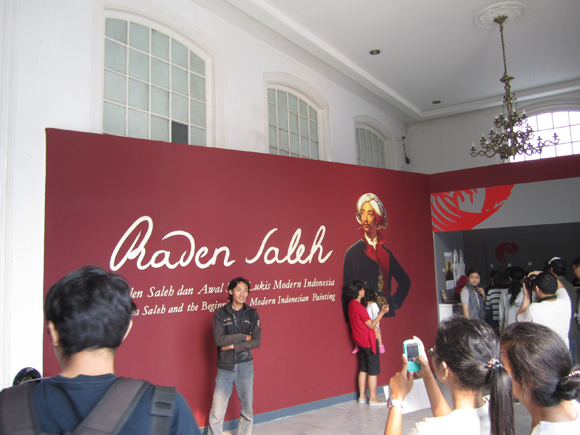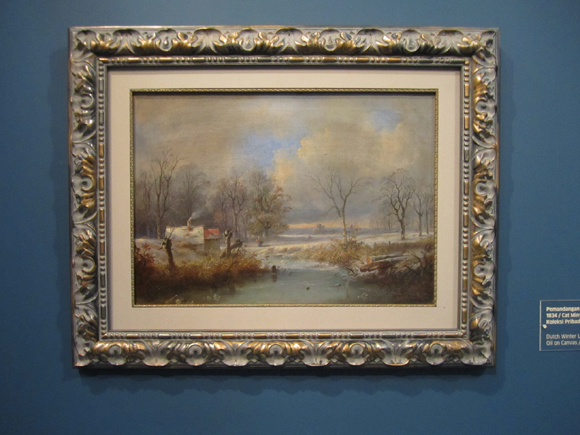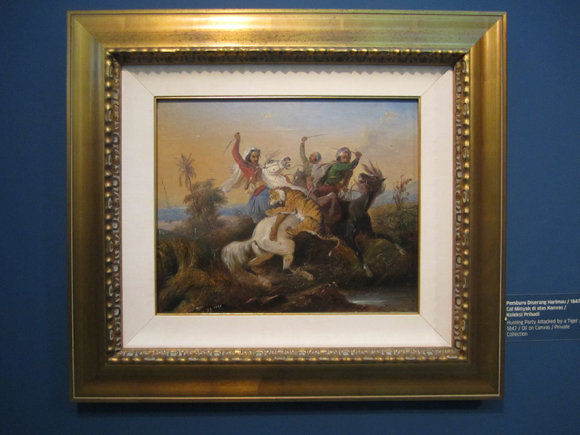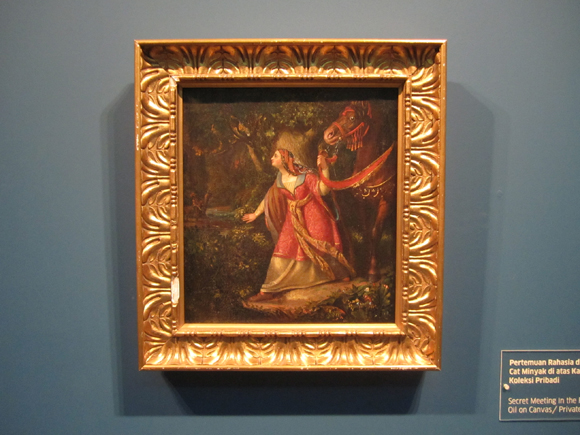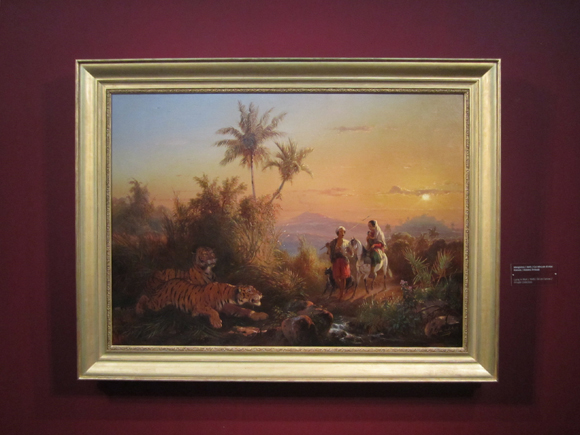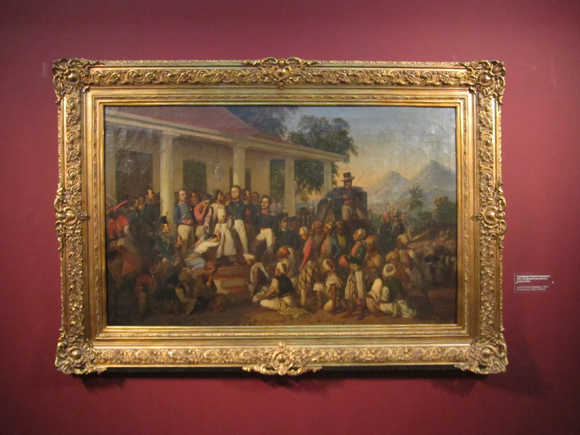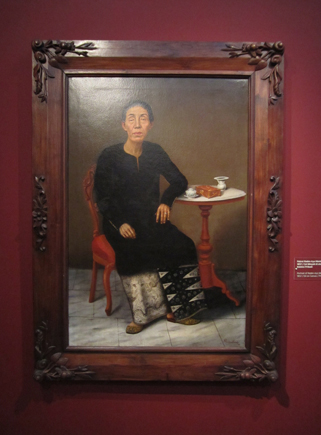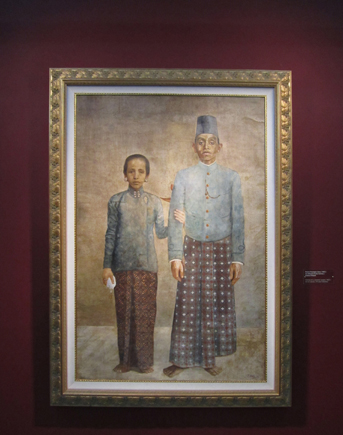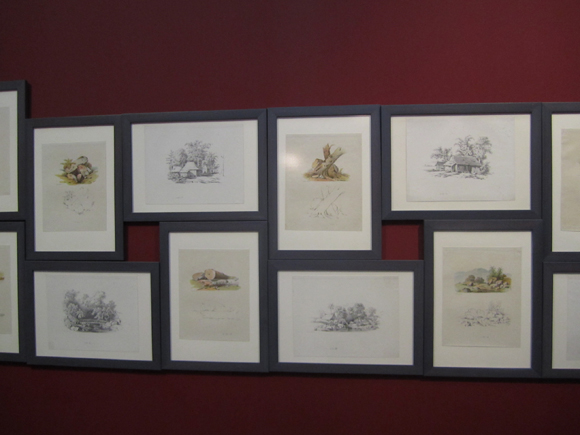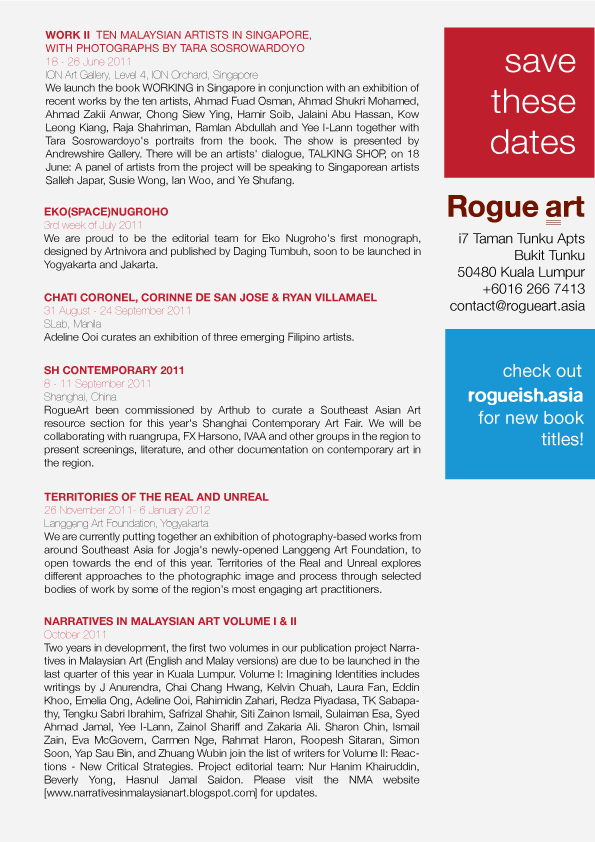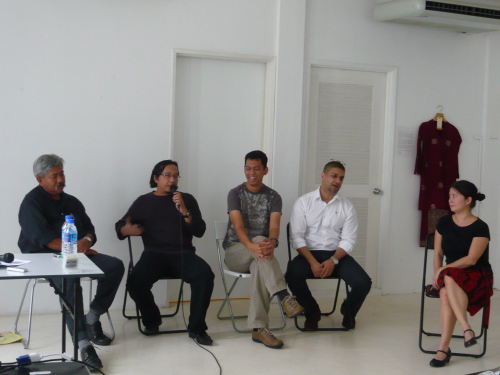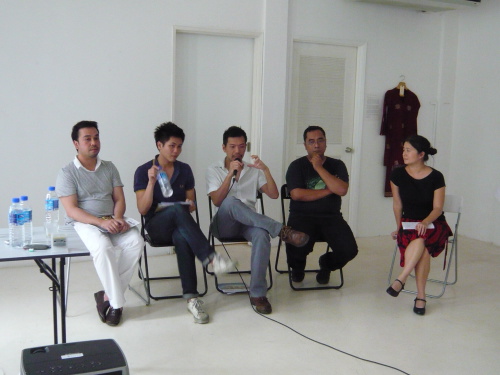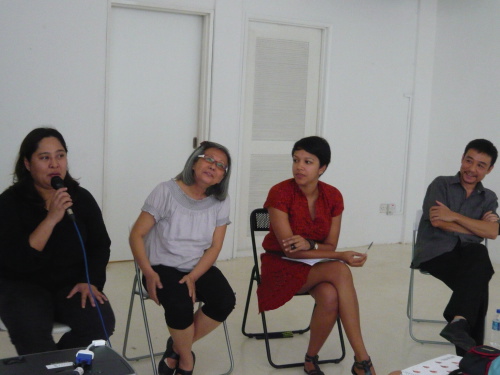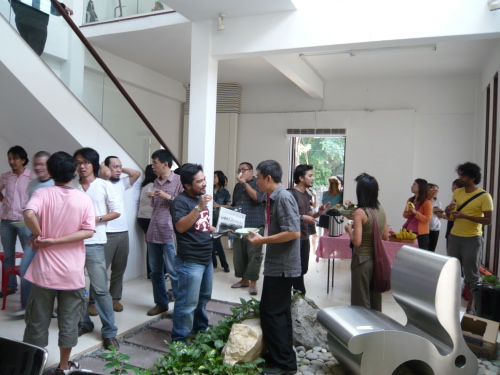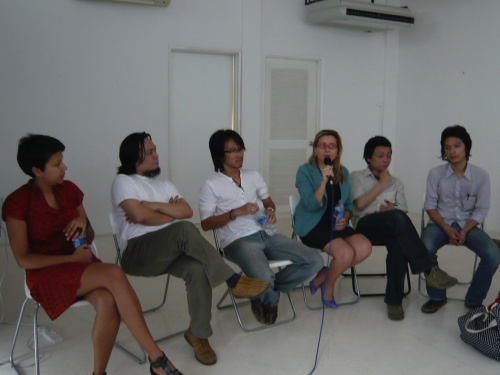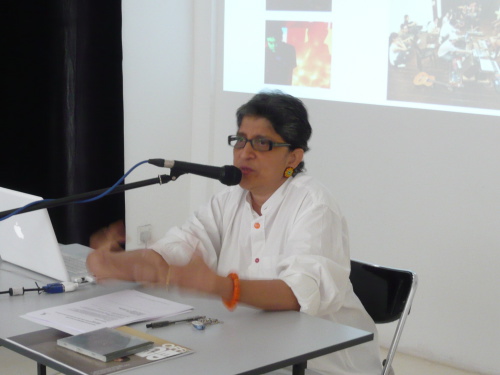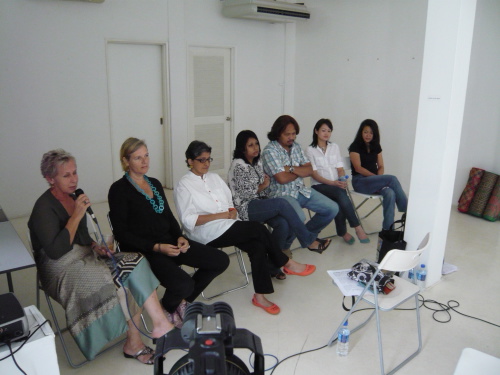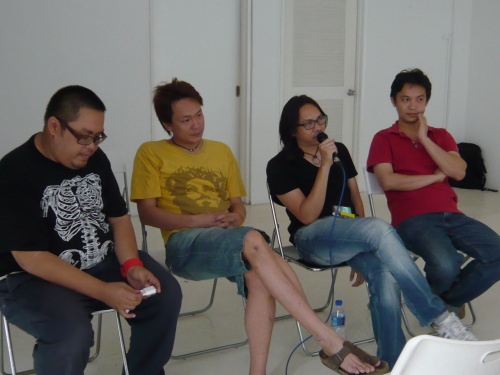We thought we’d spice things up a little here and invite Simon Soon to be our first ever guest blogger for RogueArt! Writer, curator Mr. Soon (or “Bapak Segera” as he is fondly known in Indonesia) is currently pursuing his PHD at University of Sydney and is researching the developments of Southeast Asian art during the 1950s to the 1970s. Without further a due, I hand you over to Mr. Simon Soon (AO):
An Indonesian art history defining event doesn’t happen every day, month or year. I therefore consider myself very lucky to be able to catch the first ever Raden Saleh exhibition organised in this part of the world. ‘Raden Saleh and the Beginning of Modern Painting in Indonesia’, curated by Werner Kraus was according to Pak Werner 25 years (on and off) in the making. It brings together around forty works by the 19th century Javanese painter, many of them normally stashed away in private collections, to provide us viewing public with the rare opportunity to study a diverse range of works from landscapes to drawing manuals, portraits to his famous attempt at history painting. Judging by the numbers who turned up, the Indonesian public of all age groups were responding enthusiastically to the show. The rush, however, could also be attributed to the unfortunate fact that the exhibition would only be up for two short weeks from 3 – 17 June 2012 at the Galeri Nasional Indonesia in Jakarta.
As an artist who continuously sought to reinvent himself, Raden Saleh took on many guises (at times as the European dandy, at others the Javanese prince) to his advantage as he moved within Europe’s high society. This comes through in his art. Take The Arrest of Diponegoro, Portrait of a Javanese Couple and Portrait of Raden Ayu Muning Kasari as comparison: all three works were painted in 1857 yet demonstrate significant versatility in terms of style, content and intent. They suggest that Raden Saleh’s painterly verve was very much a reflection of his shape shifting personality, one that was never wholly committed to a particular cultural identity and was always hybrid.
The weekend of 9 – 10 June also brought together academics from a range of different disciplines in a symposium ‘On Hybrid Times: Developments in Javanese Society and the Arts in the Late 19th Century’. The lectures offered a window into 19th century Java and touches on a wonderfully diverse range of subjects, such as colonial furniture, lithographs of the East Indies, iconography in 19th century Southeast Asian paintings, aesthetic debates in early Javanese printed media, as well as other art historical gems which sought to explain the complexities of Raden Saleh as an artistic figure, his artworks and his legacy. On a lighter note, there was also an attempt to capture the ethos of Raden Saleh as a debonaire in a tribute fashion show inspired by the artist, who was known in his day to design his own clothes! (SS)
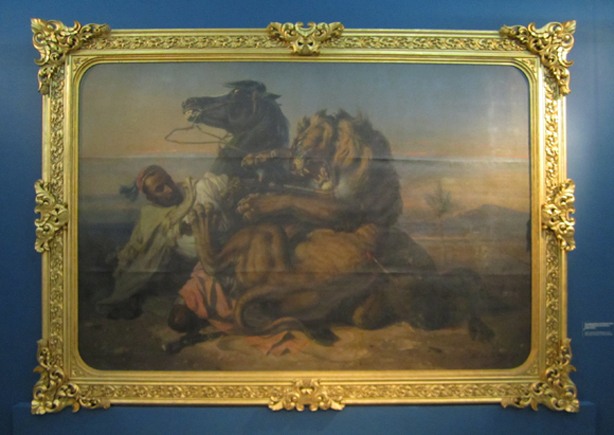
The largest painting in this exhibiton, Arab Horseman Attacked by a Lion, 1870, Oil on canvas, Public Collection.
For more pictures of the exhibition, please visit IndoArtNow here.

